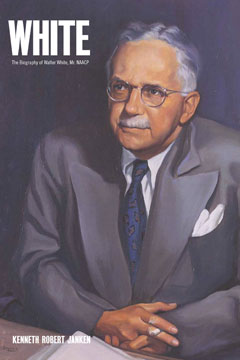The melungeons: A mystery people of east TennesseePosted in Anthropology, Articles, History, Media Archive, Tri-Racial Isolates, United States on 2011-10-14 03:04Z by Steven |
The melungeons: A mystery people of east Tennessee
Ethnos
Volume 29, Issue 1-2 (1964)
pages 43-48
DOI: 10.1080/00141844.1964.9980946
Paul G. Brewster
Cookeville, Tennessee, USA
The United States has long been called, and with some justification, “the melting-pot of nations” and the intermarriage of members of different races is a commonplace. The children born to such unions are as a rule aware of their mixed ancestry and identify themselves as Swedish-French, Irish-Italian, Welsh-English, etc. However, there are many groups which have no knowledge at all as to their racial origin or, at best, only a tradition supported by no historical evidence. Such are the Weromos and the Renabees of Virginia, the “Rivers” of North Carolina, and similar groups in Delaware and Maryland. Of this type are also the “Jackson Whites” of upper New York State and the Ramapo Mountain area of northern New Jersey, some of whom live hardly more than twenty-five miles from New York City and yet have all the clannishness, hostility toward the outside world, and primitive way of life usually associated with mountain people of the Deep South. Although they themselves know (or care) nothing about their ancestry, research has established that they are the descendants of some 3500 women shipped to New York for the pleasure of British troops during the American Revolution. The name Jackson derives from that of the contractor who supplied them, and they were called “Whites” to distinguish them from the West Indian women included in the shipment. At the close of the War they were released by the British and left to fend for themselves, with the…
Read or purchase the article here.

